“I had to teach myself to drive a car two-footed; learning to eat left handed has been difficult. I have had to learn to be patient, it sometimes takes me six tries to get my socks on,” says Jean Holland, 67, a victim of Parkinson’s Disease (PD). “The right side of my body just doesn’t work well. Everything is difficult and time consuming.”
Holland is a regular participant in programs at the Parkinson Association of the Rockies (PAR), a statewide foundation that dedicates its time every week to help those in the Colorado community with PD. Five days a week, PAR has two to three programs daily that provide yoga, dance, aerobics, exercising, and a class they call Tremble Clefs that helps people with their breathing, addresses any vocal symptoms and includes stretching and movement activities. These classes help those suffering with PD to overcome the struggles of doing simple tasks, such as speaking or writing. In addition, the foundation has weekly conferences address the disease.
The National Institute of Neurological Disorders and Stroke states that 500,000 people suffer in America and that 10 million suffer worldwide. Not only that, but an estimated 60,000 people are diagnosed with PD every year, according to the Parkinson’s Disease Foundation (PDF).
Holland was diagnosed just two years ago this November. However, by witnessing her friend’s PD symptoms, Jean knew that she had the disease three months before her official diagnosis.
According to the PDF, Parkinson’s is a progressive disease of the nervous system and neurological condition that effects middle-aged to elderly people by causing uncontrollable tremors, muscular rigidity, and slow, impaired movements. PD also comes with symptoms such as impaired speech, low blood pressure, and anxiety; symptoms will vary depending on the patient.
“A loss of mobility, balance, weakness and exhaustion were mine to overcome,” states Holland. She knew that her symptoms would only get worse as she witnessed her friend fight PD for 12 years. As a close friend, I know for a fact that she was a very active person and nowadays she struggles to even sign a check or receipt.
“Parkinson's disease is generally not considered a life threatening disease and we usually say that people die with Parkinson's disease rather than from it,” says Jill McClure, Information Specialist at the PDF. However, this does not mean that PD isn’t a devastating disease.
“My life is a 180 from the way [it] was,” says Holland. “What I eat to how I travel has all had to be adjusted. I even had to leave the house and neighbors I loved. In addition, “[PD has robbed] me of the things that make living fun,” says Holland.
Luckily for those who have been diagnosed, there are many studies going on to help doctors be able to diagnose PD earlier and either slow or stop the progression of the disease, according to PDF. Additionally, PDF states that scientists are hoping to find a way to predict who could be at any risk for PD. According to McClure, even though Parkinson’s isn’t a very big area for study, especially compared to more severe and fatal diseases such as cancer, more and more studies are being conducted in search for the cure.
For example, Anumantha Kanthasamy, a professor of biomedical sciences from Iowa State University, found a protein that actually kills brains cells that produce dopamine, called protein kinase-C (PKCδ), in 2011. The major symptoms of PD are caused by a lack of dopamine, a chemical produced in the brain. Dopamine transmits messages in the part of the brain that controls muscle movement. With this discovery, scientists are working on how to inhibit the protein and possibly denature it so that there will be no further damage to the brains cells. To inhibit the protein, scientists will use another protein called alpha-synuclein (?-synuclein), which will attach itself to the kinase-C and change its shape. This will, in turn, keep it from functioning correctly.
To control her PD, Holland takes a medication called Sinemet (carbidopa-levodopa). According to the PDF, levodopa, created in the 1960’s, is the most effective agent in managing PD symptoms. It especially helps patients deal with rigid muscles and tremors because, when ingested, it goes to the brain to help with movement. Carbidopa has been combined with levodopa in order minimize the symptoms of vomiting from and nausea and prevent levodopa from being converted into dopamine in the bloodstream, allowing more of the medicine to get to the brain.
| Related stories: Parkinson's Disease Took My Grandpa; I Know What You're Thinking,, |
Medications, like Sinemet, help patients take back a little of what PD had taken from them, but unfortunately, due to the disease’s reputation for fast progression, it’s a matter of time before PD completely takes over the body’s movements.
“I am still active but the strength and endurance is not there,” says Holland. With the meds, she is able to go out and do things, but only to a certain extent. “My PD changes from day to day, but is getting worse.” Lauren Campbell

This work is licensed under a Creative Commons Attribution-NonCommercial-NoDerivs 3.0 Unported License


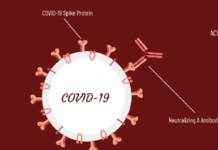
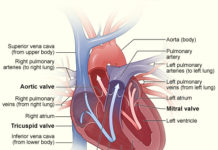
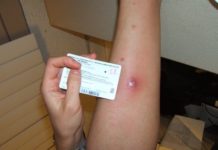
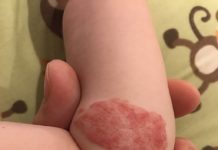

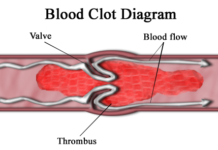






oooh.. good article dude!! :shh